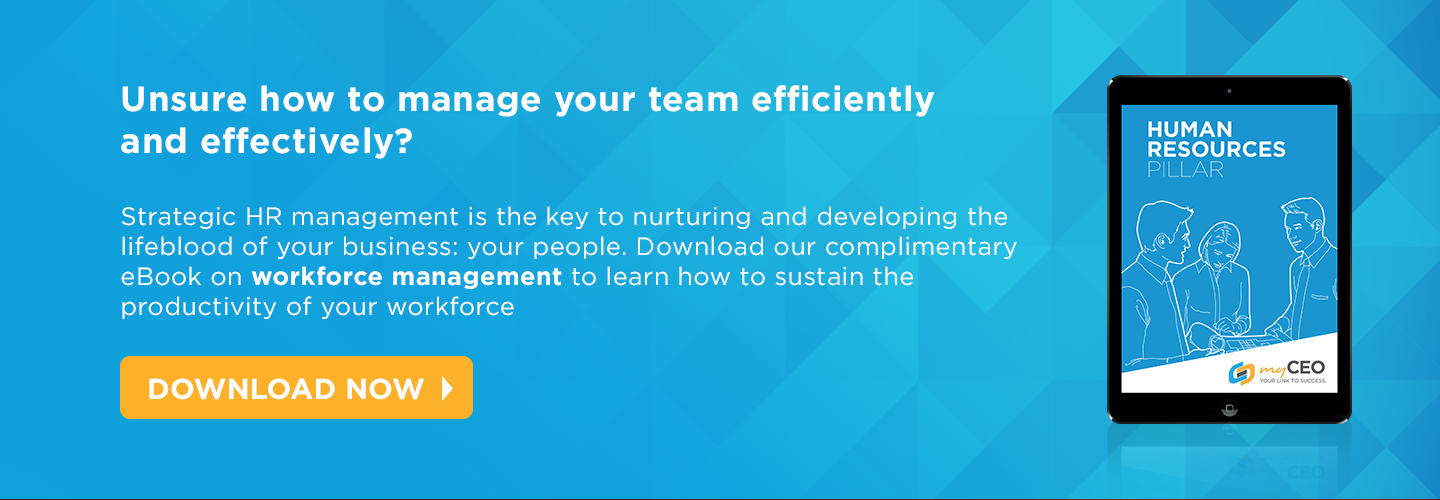
The best way to reach a goal is by having a plan. Businesses in particular require stronger and well prepared plans more than anyone else.
Workforce planning is often defined as the systemic, data-driven identification of an organisation’s needs. More importantly, it’s also about the response and strategy formulated to answer these needs. Think of workforce planning as an overarching roadmap for your employees - to make sure the correct people are in the right places.
HR is synonymous with the people in your company - and therefore are the heart of workforce planning. An unfortunate issue that plagues many HR departments today is that they often engage in activities that aren’t completely aligned with the strategic goals of the company, missing crucial opportunities that would otherwise impact and motivate the employees of the company.
Workforce planning addresses these gaps well, with the help of a properly aligned HR department. With the identification of the right people and the right tasks that need to be done, it becomes far easier to reach business goals as a whole.
In particular, there are three areas where workforce planning can help your business.
- Office dynamics
Workforce planning plays a part in office dynamics mainly due to the relationship between leaders and their teams. Incompetence, mishandling, misalignment and power imbalance all play a part in keeping the office a good place to work.
Early detection of possible issues or problems is more often than not rooted into these relationships between people. Workforce planning allows the friction and dynamics to be adjusted as seen fit, allowing a more conducive environment for all employees.
- Recruiting and retaining talent
Another important part of workforce planning is the recruitment and retention stages of an employee’s life. It’s no myth that employees that feel like they are being fully utilised in work that they can enjoy are more productive and less likely to leave the company. This makes the process of getting them to where they and the company can fulfill and work towards a common goal.
In recruitment, workforce planning identifies the areas where your business can be lacking in personnel or skillsets, and identifies the best job design for that position. In addition, it also allows for room to adjust and to profile the applicants to said position, giving you the highest possible chance to find the best candidate.
Workforce planning also takes into account the growth of the employee. Retaining talent is extremely important to any business, and workforce planning can map out a potential journey of an employee from their starting position. Factors such as willingness to lead, handling of crisis situations and visionary outlook are all taken into consideration by workforce planning - with the help of the HR department, of course.
- Keep track of developments in the industry
While the industry can be considered as a collection of all the people who live and work in it, it’s still comprised of people - and workforce planning takes that into consideration. Perhaps the industry will change wherein personnel need more flexibility than salary, or shift to one that stresses growth over risks. Workforce planning must take these trends and shifts into consideration in order to effectively achieve the company’s goals.
No plan at all is actually just a plan to fail. People are the heart of a business, and therefore need guidance, growth and a vision to follow if the business wishes to achieve its goal. As far as workforce planning is concerned, a knowledge-based and data-driven approach to goals is the best way to get to that goal with minimum fuss and maximum output.
Need a little guidance into looking how your own employees tick? myCEO’s team of HR experts can help. Contact us today for a consultation on how to make the best of your employees.you a little help.

